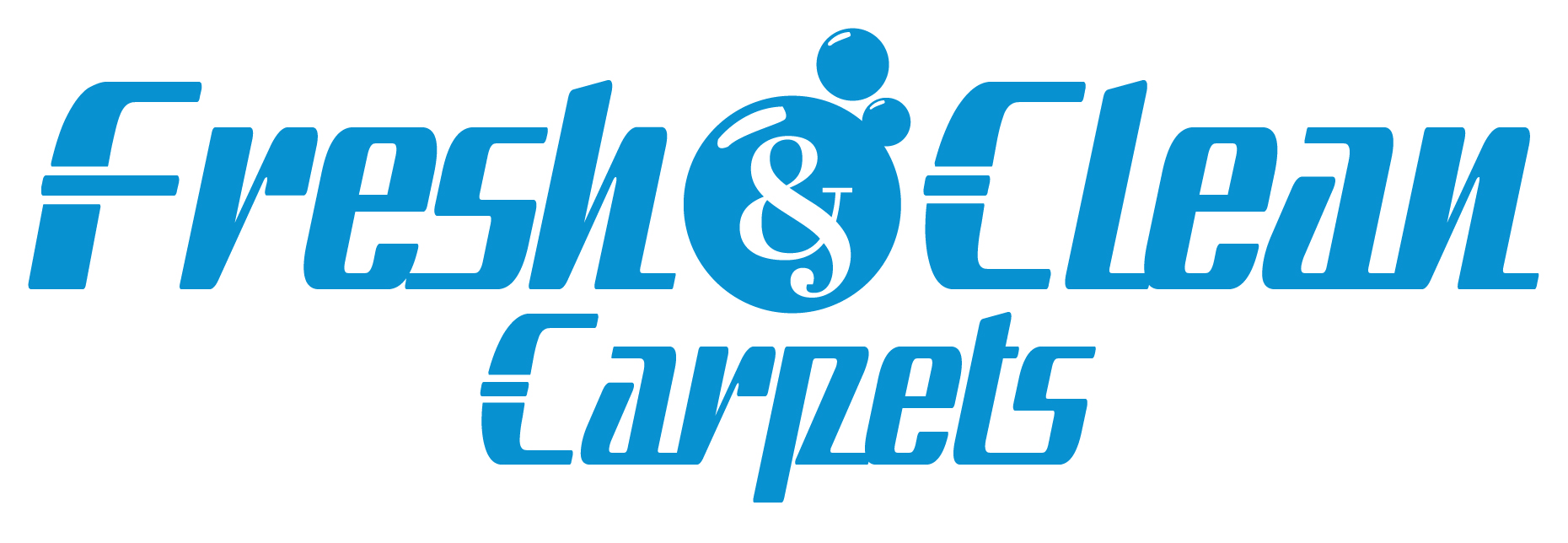Schedule your appointment today! 801-350-2822
Flooding can strike unexpectedly, and when it does, your carpets are often among the first casualties. In Clinton, Utah, where heavy rains or plumbing issues can lead to flooding, knowing what to expect from emergency carpet cleaning can help you prepare and ensure the best outcome for your home. Here’s a guide to what happens during the emergency carpet cleaning process after a flood.
1. Initial Assessment
The first step in emergency carpet cleaning is an initial assessment by the cleaning professionals. When they arrive at your home, they’ll evaluate the extent of the water damage, the type of water involved (clean, gray, or black), and the condition of your carpets and padding.
This assessment is crucial because it determines the scope of the work required. For instance, carpets exposed to clean water from a broken pipe may be salvageable, while those soaked with sewage-contaminated water may need to be replaced entirely.
2. Water Extraction
Once the assessment is complete, the next step is to remove as much water as possible from your carpets. This process typically involves using powerful wet/dry vacuums or extraction machines designed to remove large volumes of water quickly. The goal is to reduce the amount of moisture in your carpets to prevent further damage and minimize the risk of mold growth.
In severe cases, professionals may need to lift the carpet to extract water from the padding and subfloor. This step is critical for ensuring that all layers are properly dried.
3. Drying and Dehumidification
After the majority of the water has been removed, the drying process begins. In Clinton’s climate, where humidity can fluctuate, professional-grade fans and dehumidifiers are used to accelerate the drying process and prevent mold and mildew.
Drying can take several hours to a few days, depending on the severity of the flooding and the effectiveness of the water extraction. During this time, it’s essential to keep the area well-ventilated by opening windows and doors, if possible.
4. Cleaning and Sanitization
Floodwaters can bring bacteria, dirt, and other contaminants into your home, so cleaning and sanitization are crucial steps in the restoration process. The cleaning professionals will use specialized carpet cleaning solutions designed to disinfect and deodorize your carpets, ensuring they are safe and clean.
This step also involves treating any stains or discoloration caused by the flood. Professionals may use spot treatments or deep-cleaning methods to restore your carpet’s appearance.
5. Mold Inspection and Treatment
Mold is a common and serious concern after a flood. During the emergency carpet cleaning process, professionals will inspect your carpets and surrounding areas for any signs of mold growth. If mold is detected, they will take immediate action to remove it and treat the area with antimicrobial agents to prevent further growth.
Even if no mold is found during the initial inspection, it’s essential to monitor your carpets for signs of mold in the weeks following the flood.
6. Final Inspection and Recommendations
Once the cleaning, drying, and sanitization are complete, the professionals will conduct a final inspection of your carpets. They’ll check for any remaining issues, such as lingering odors or dampness, and ensure that your carpets are fully restored.
After the inspection, they may provide recommendations for ongoing care, including whether any sections of the carpet or padding should be replaced or if additional treatments are needed to prevent future problems.
Emergency carpet cleaning after a flood in Clinton, Utah, involves a thorough process of assessment, water extraction, drying, cleaning, and mold treatment. Understanding what to expect during this process can help you navigate the situation with confidence and ensure the best possible outcome for your carpets and home. When faced with a flood, acting quickly and enlisting professional help is essential to minimizing damage and restoring your living space.

